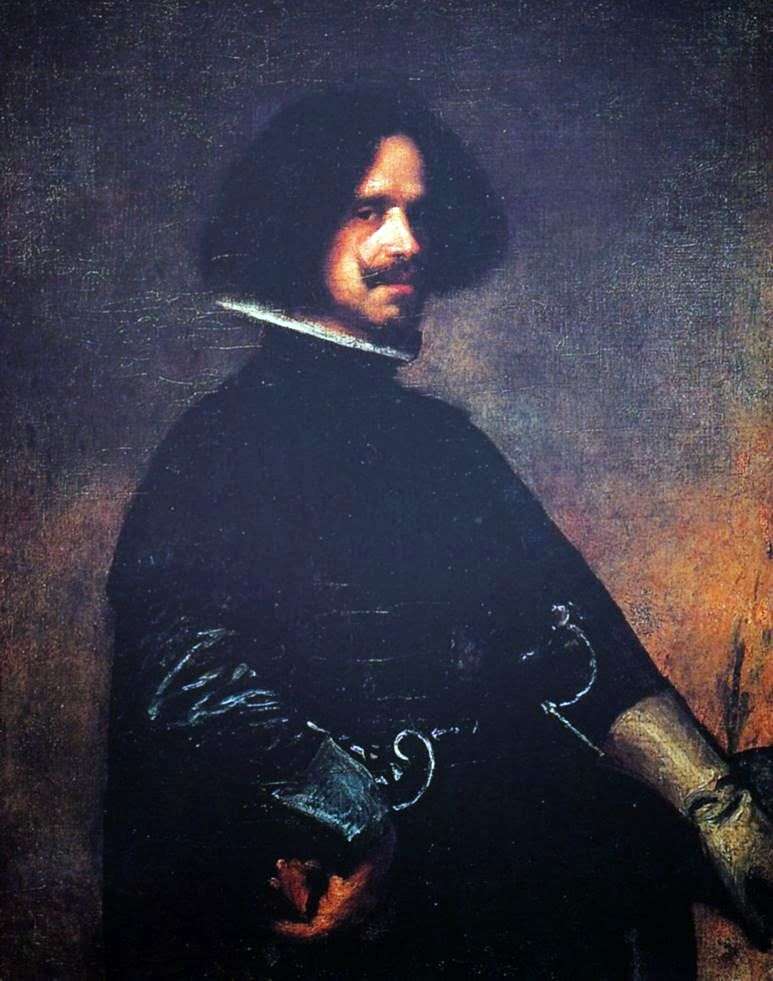
Self-portrait of the great Spanish artist Diego Velasquez. The size of the painting is 46 x 38 cm, canvas, oil. Self-portrait written by a painter at the age of forty, during the heyday of his talent, in the years when contemporaries began to call Velasquez “the artist of Truth.” The amazing world, created in his paintings by Velazquez, captivates with its subtle surrealism and unconditional metaphysics, successfully influencing hundreds of years of fascinated spectators of different eras and nations. The greatest painter of the Spanish school was born in Seville in 1599.
Velasquez’s childhood was well-off, he was able to get a good education. According to biographers, already at an early age the future artist seized everything literally on the fly, learned to read very early and from the young age began to collect a library that by the end of the painter’s life grew into a collection that amazed contemporaries with its scale and universality. Judging by the composition of the books and manuscripts of this library, Velasquez throughout his life was seriously interested in literature, architecture, history, philosophy, mathematics and astronomy, read in Latin, Italian and Portuguese.
However, at the age of twelve Diego Velasquez finally decided to become an artist. He began working in the Seville workshop of Francisco de Herrera the Elder, and then in the studio of the artist Francisco Pacheco, whose daughter, Juan Miranda married in 1618. In 1622 Velázquez briefly visited Madrid, where he painted a portrait of the famous poet of those years, Luis de Góngora-i-Argote. The following year the artist was called to the court of King Philip IV by the head of the government of Spain, the first minister, Duke Olivares.
This portrait of the king made such a pleasant impression on the crowned customer that he immediately offered Velasquez the position of a court painter and announced that now only Velasquez would write royal portraits. Naturally, Velasquez accepted this offer without hesitation. Thus, at the age of 24, Velasquez was fortunate to suddenly become the country’s most prestigious painter, and in the future he held his position as the first and only artist-favorite of the king for the rest of his life.
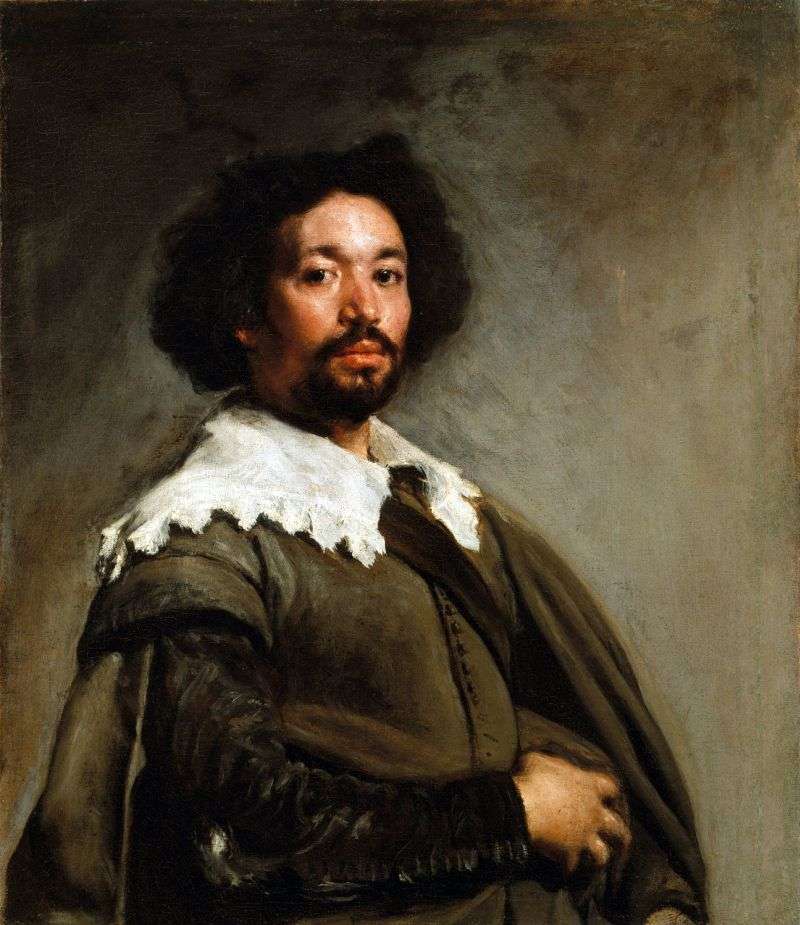 Portrait of Juan de Pareja by Diego Velasquez
Portrait of Juan de Pareja by Diego Velasquez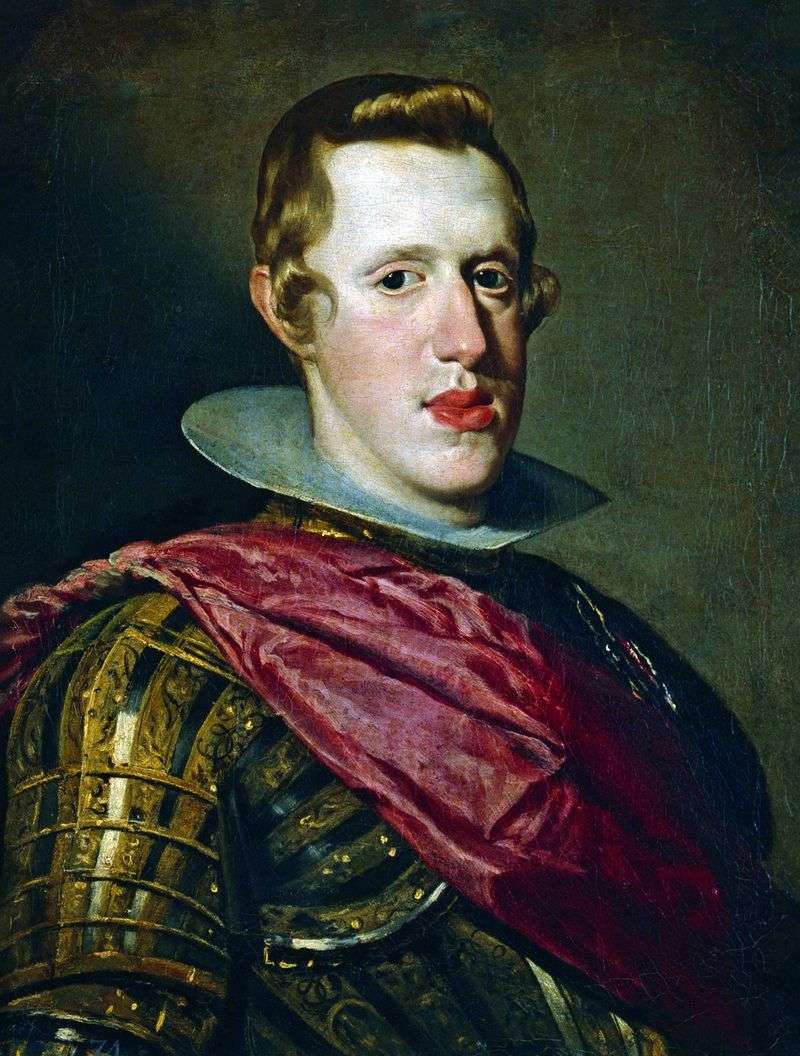 Portrait of King Philip IV of Spain in the Shell by Diego Velasquez
Portrait of King Philip IV of Spain in the Shell by Diego Velasquez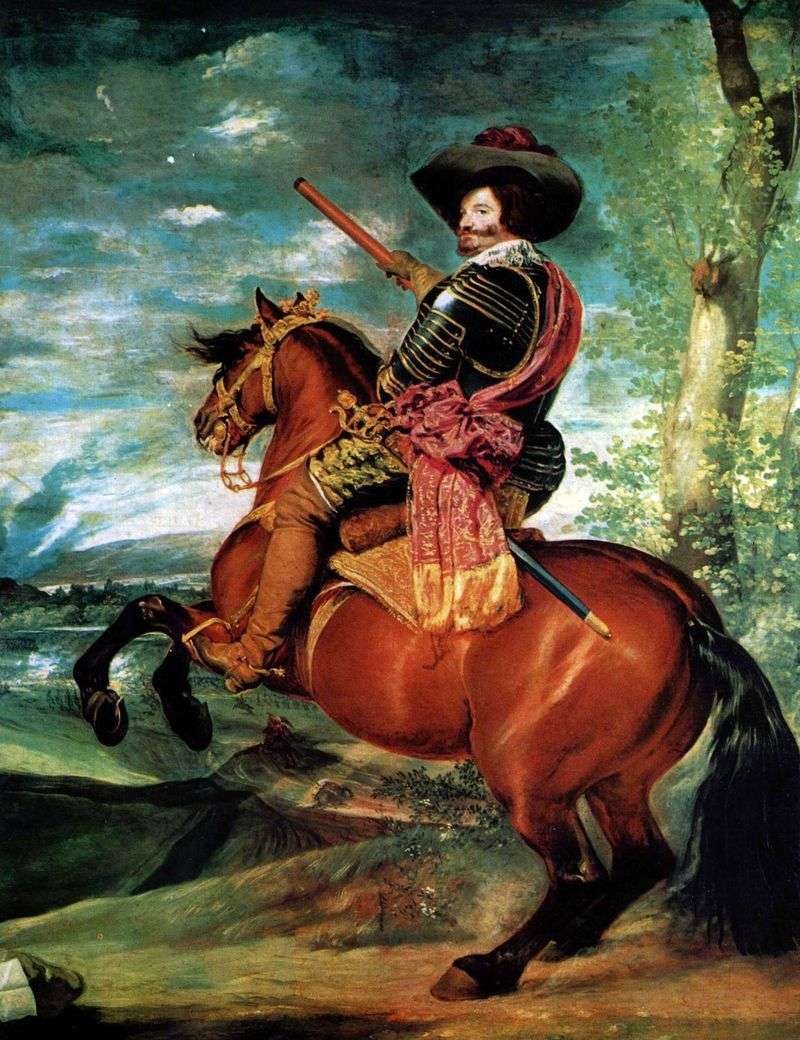 Portrait of Count-Duke Olivares by Diego Velasquez
Portrait of Count-Duke Olivares by Diego Velasquez Juan Martinez Montanes by Diego Velasquez
Juan Martinez Montanes by Diego Velasquez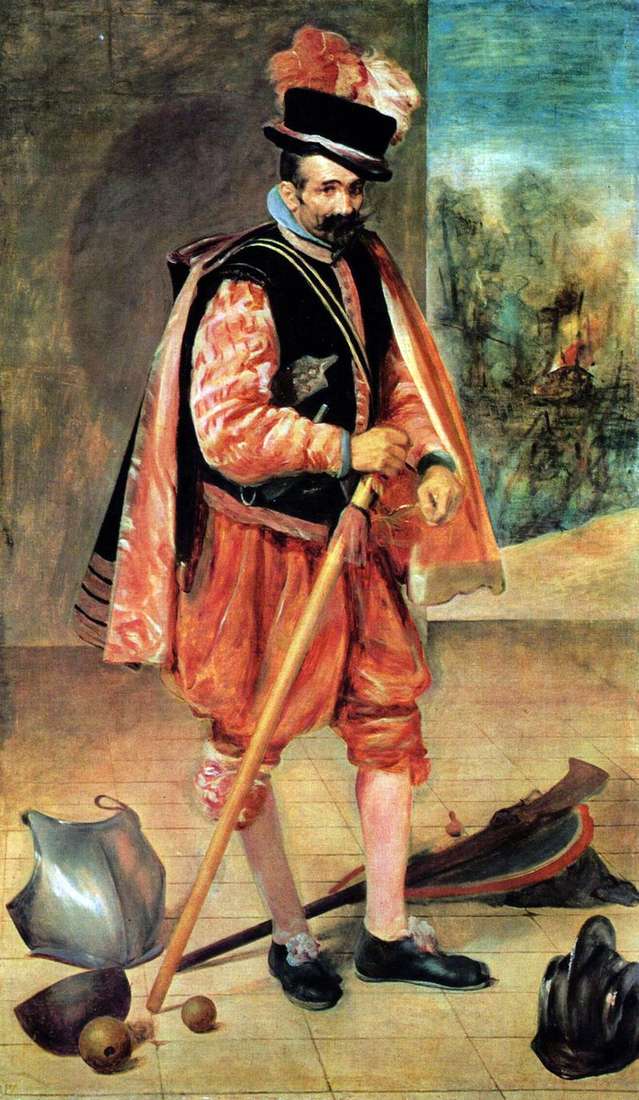 Court jester Juan of Austria by Diego Velasquez
Court jester Juan of Austria by Diego Velasquez Three men at the table by Diego Velasquez
Three men at the table by Diego Velasquez Breakfast by Diego Velasquez
Breakfast by Diego Velasquez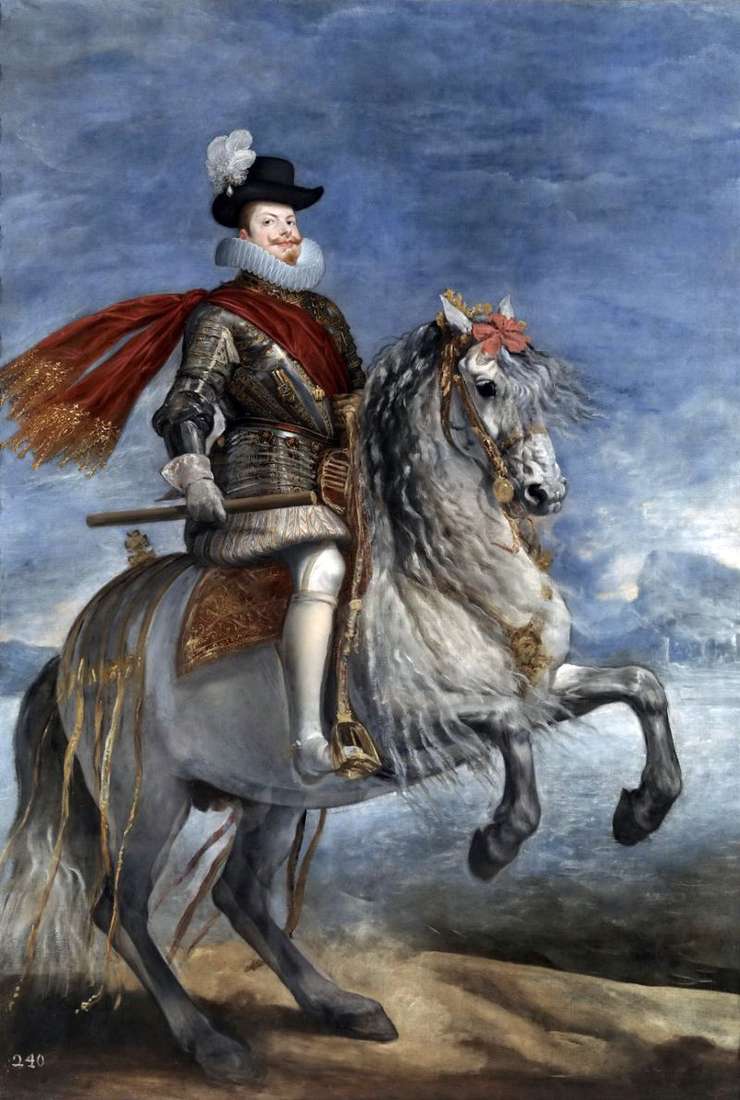 Portrait of King Philip III by Diego Velasquez
Portrait of King Philip III by Diego Velasquez